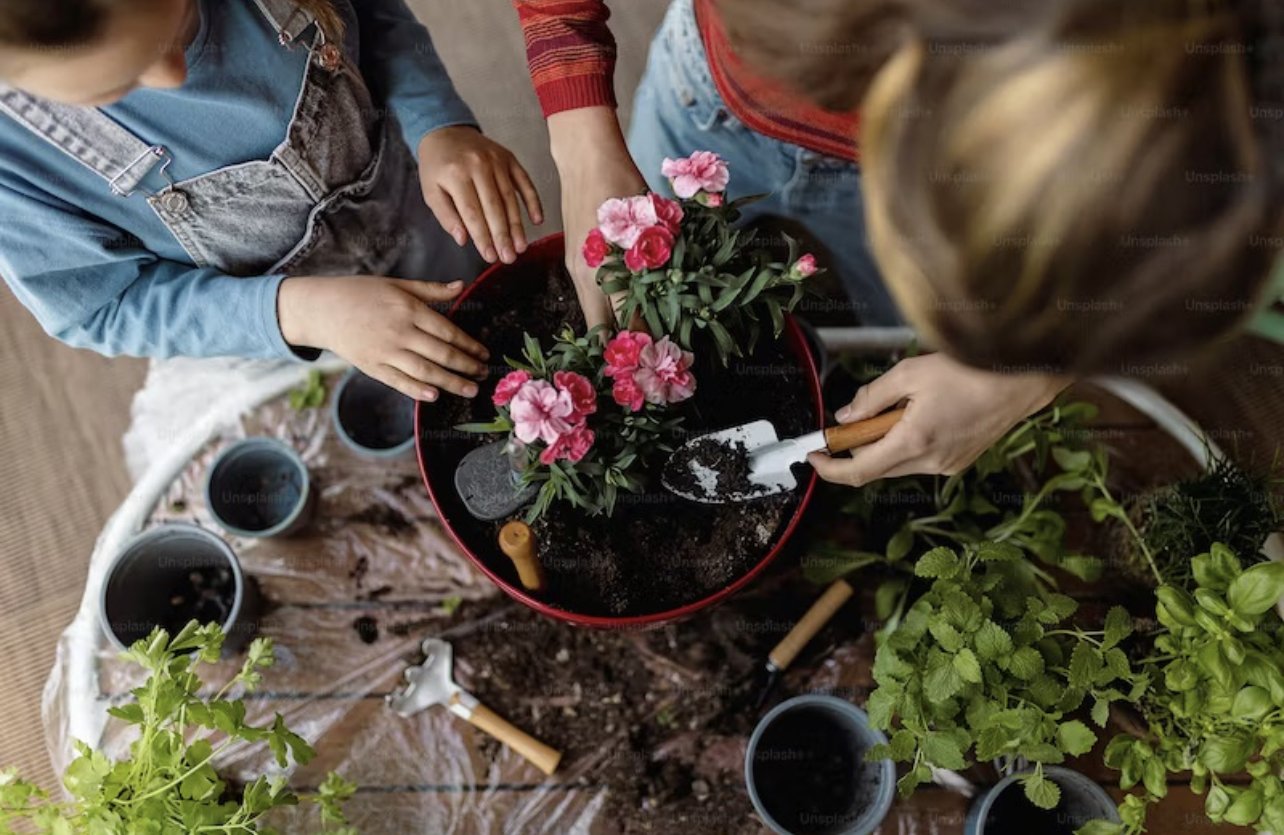Kid-Friendly Succulents
Succulents are not only fascinating plants but also make fantastic companions for children to learn more about nature, responsibility, and gardening. Their unique shapes, colors, and low-maintenance characteristics make them a perfect choice for introducing kids to the joys of plant care!
Why Choose Succulents for Kids:
Durability: Succulents are resilient and can tolerate occasional forgetfulness when it comes to watering.
Variety: With a wide range of shapes, sizes, and colors, succulents captivate a child's imagination and curiosity.
Tactile Learning: Many succulents have interesting textures that children love to touch and explore. Just be weary with cacti, maybe save those for the older children.
Educational Value: Caring for succulents teaches kids about biology, ecosystems, and the importance of nurturing living things. Plus they’re most likely easier to care for than a Tamagotchi.
Haworthia Plant
Kid-Friendly Succulent Selection (When choosing succulents for kids, opt for varieties that are easy to care for and non-toxic):
Echeveria: With their rosette shapes and vibrant hues, echeverias are visually appealing and simple to care for.
Haworthia: These small, low-growing succulents come in various patterns and textures, perfect for little hands to touch.
Sedum: Also known as stonecrop, sedums are hardy, versatile, and can be planted in various containers.
Aloe Vera: Not only is aloe vera soothing for minor cuts and burns, but it's also an engaging succulent for kids to nurture.
Planting and Care Tips:
Choose Containers: Select colorful and eye-catching containers with drainage holes to prevent overwatering. Perhaps look at a recyclable plastic container if the littles lean towards the potential to drop a clay pot and shatter it.
Potting Mix: Use a well-draining succulent potting mix to avoid waterlogged roots.
Planting Process: Let your child carefully place the succulent in the container and gently cover the roots with soil.
Watering: Teach your child the "soak and dry" method – water the succulent thoroughly and allow the soil to dry out before watering again.
Sunlight: Place succulents in a location with bright, indirect sunlight. Explain to your child the importance of sunlight for plant growth.
Learning Opportunities: Biology Lessons:
Responsibility: Teach your child about commitment and the importance of regular care for their plants.
Observation Skills: Encourage kids to observe changes in their succulents over time, fostering an understanding of plant life cycles.
Creativity: Allow children to decorate their succulent containers with paint, stickers, or other crafts.
Succulents are more than just plants – they're wonderful tools for fostering curiosity, responsibility, and a deeper connection to the natural world. By introducing children to these fascinating plants and involving them in their care, you're nurturing skills and values that will last a lifetime. So grab some pots, potting mix, and a variety of succulents, and embark on an adventure of learning and growth with your young ones. Happy Planting!




